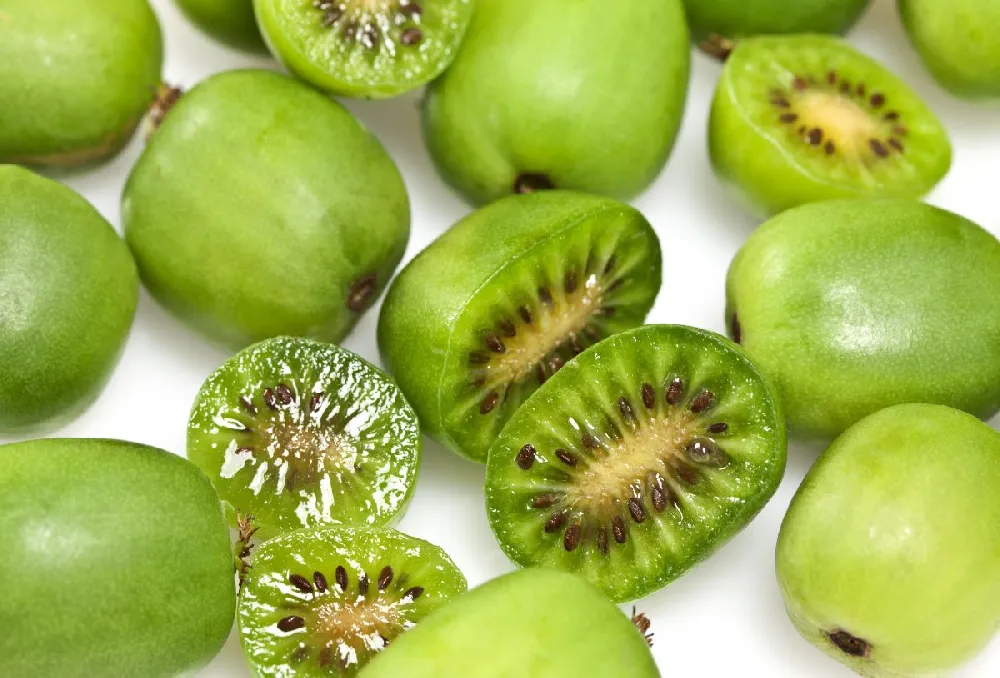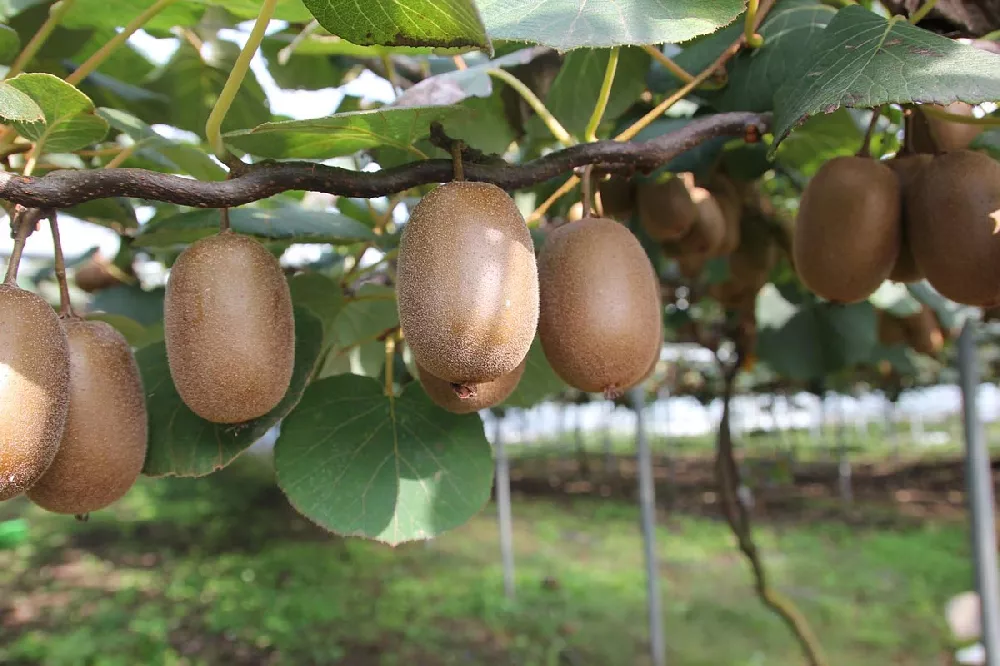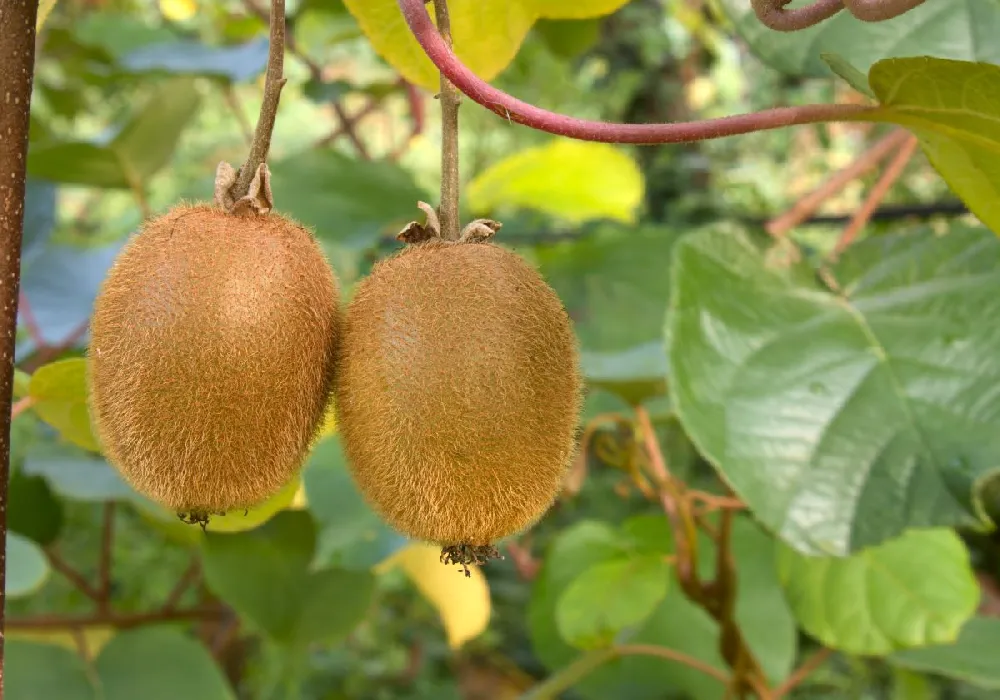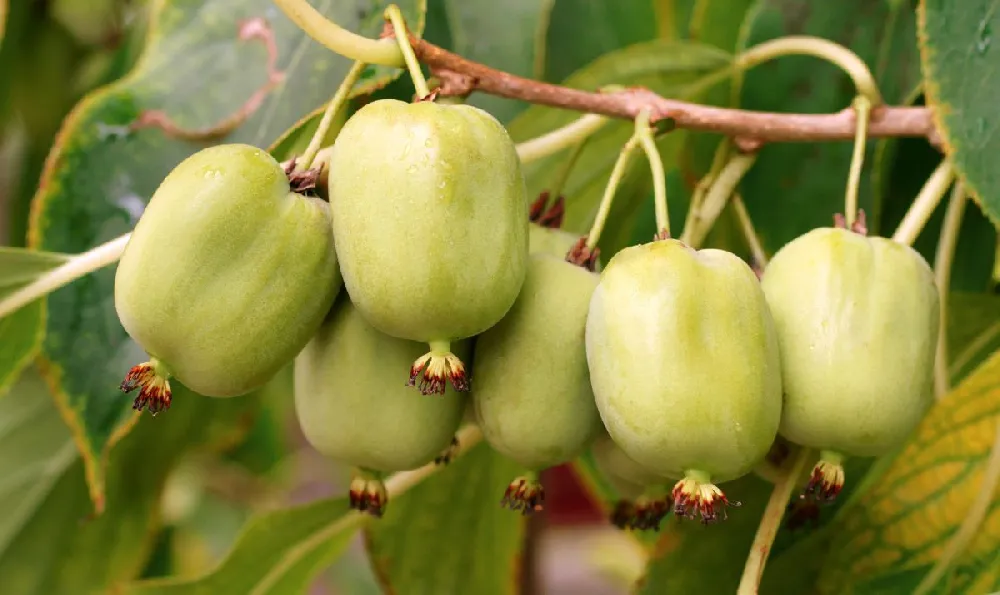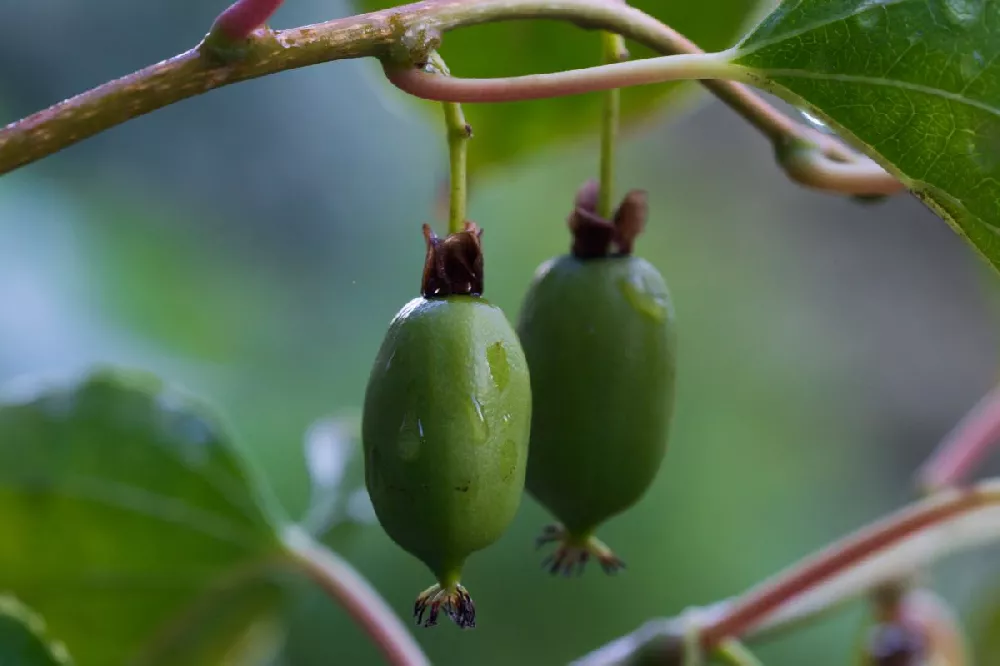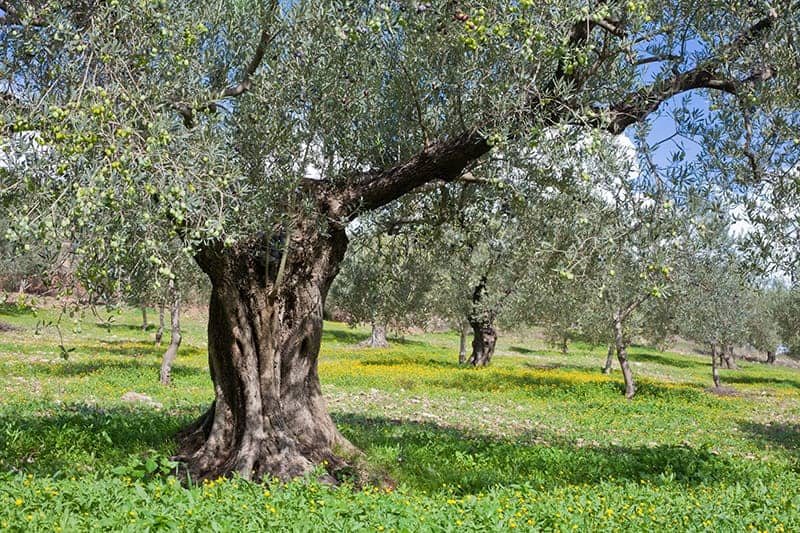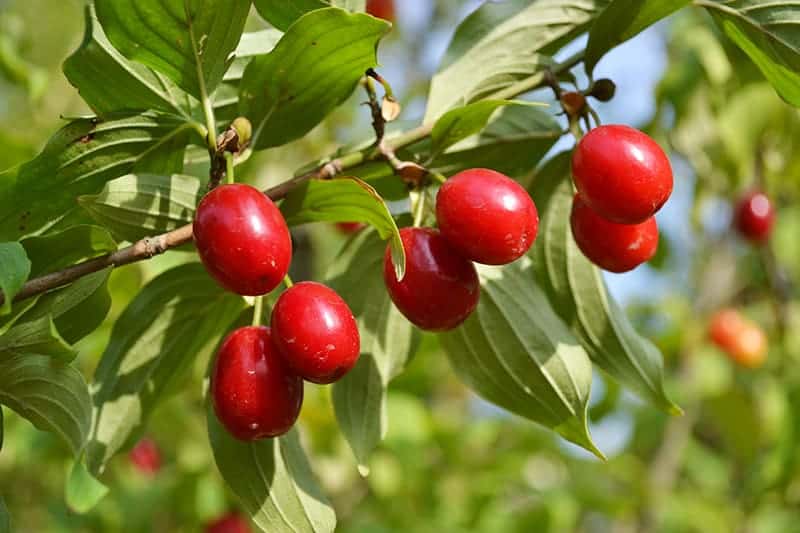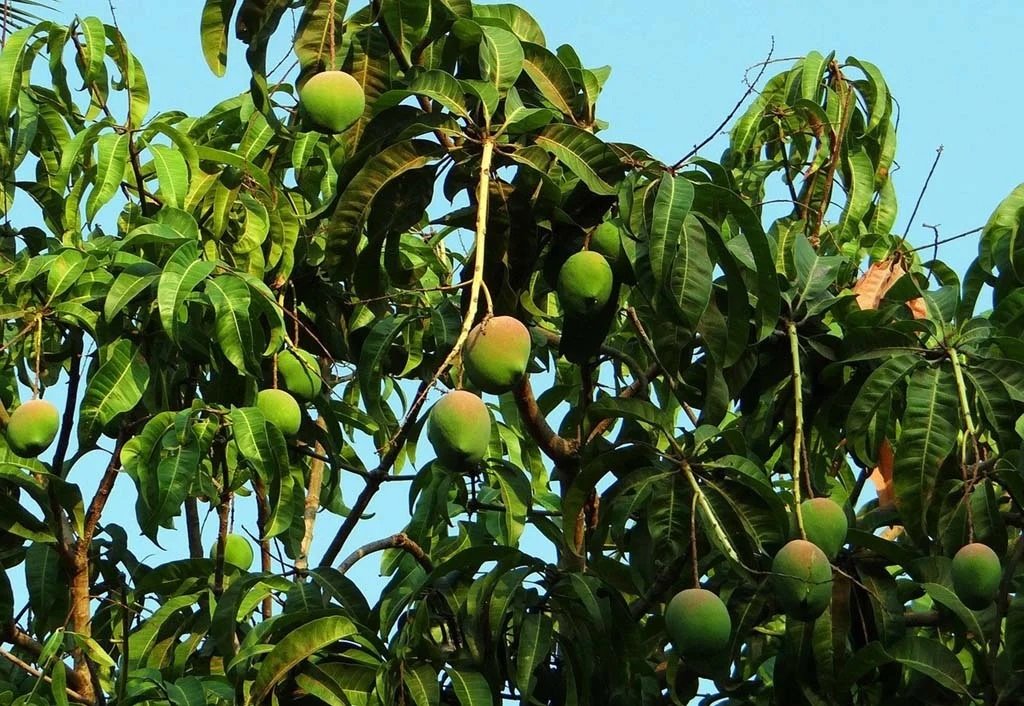- Home >
- Kiwi Plants
Kiwi Plants for Sale - Buying & Growing Guide
Filters
Price Range
Growing Zones
Plant Type
Sunlight
Mature Height
Plant Characteristics
5 Results
Kiwi Plants – Buying & Growing Guide
Kiwi plants offer a delicious fruit that tastes of summer and warm tropical breezes. The two types of vines — kiwi and hardy kiwi — aren’t difficult to grow, making them a good choice for beginning gardeners. Shop our kiwis to find the right one for you.
How to Plant Kiwi Plants
Kiwi plants are vines and do best when they have a firm structure to support them as they grow. A secure wooden trellis is ideal, or any support that won’t topple over when the heavy vine grabs hold. They may grow as long as 15 to 20 feet, but can be twined back on themselves to fill your trellis.
Kiwis are dioecious, which means the plants are either male or female, so you’ll need at least two in order to produce fruit. The type of kiwi plant you grow will be determined partly by the zone you’re growing in. The more familiar type of kiwi, which produces egg-sized, fuzzy brown fruits, can be grown in frost-free areas in zones 8 to 9. Hardy kiwis, or kiwiberries, will grow in zones 4 to 7.
How to Grow Kiwi Plants
- When. Plant kiwis in the spring after all danger of frost is past.
- Where. Kiwis like a well-drained and sunny spot, with six or more hours of direct light a day, preferably not in a windy area. Place them at the foot of a sturdy support trellis they can spiral up.
- How. Dig a hole that’s twice as wide and just as deep as your kiwi’s roots. Tease out encircling roots and place the root ball in the hole. Fill in with soil that’s been enriched with compost or well-rotted manure, tamping down as you go, and water deeply when finished.
How to Care for Kiwi Plants
- Watering and nutrients. After its first year, water once a week if you don’t get rain, and more often if you’re experiencing drought conditions. Fertilize lightly with a balanced, slow-release product after the first year, in the spring.
- Pruning. In the first year, allow a single, strong vine to grow up the trellis, cutting out secondary vines as they appear. In subsequent years, prune out any dead, damaged, or diseased branches whenever you see them, while allowing lateral branches to grow along the trellis as you have room for them.
- Pollination. Kiwis have male and female plants and are pollinated through the action of insects such as bees. Female plants produce no nectar, so commercial growers often aid insects by hand-pollinating the flowers.
- Harvesting. Kiwi fruits are generally ready for picking in fall, between September and November. It’s difficult to determine when the kiwi is ready for picking, but the fruit continues to ripen after it’s picked, so harvesting an unripened one is not a problem.
